
A Brief History of Electric Bicycles: Evolution in Transportation
- Early Pioneering (19th Century):
The concept of electric bicycles, commonly referred to as e-bikes, boasts a history stretching back to the 1800s. During this period, visionaries embarked on groundbreaking experiments to harness electricity for bicycle propulsion. Notably, in 1867, Ogden Bolton Jr. secured a patent for an early electric bike fueled by non-rechargeable batteries, marking a notable milestone in e-bike development.
- Advancements in Battery Technology (Late 19th Century):
The nascent e-bike faced significant challenges due to the limited capacity of batteries. It wasn't until the late 19th century that breakthroughs in battery technology, such as the introduction of lead-acid batteries, brought forth the potential for storing more energy, thus extending the range and viability of electric vehicles, including e-bikes.
- Emergence of Modern E-Bikes (20th Century):
E-bikes, in their contemporary form, began to take shape in the mid-20th century. Renowned companies like Phillips and Piaggio stepped into the arena, producing electric mopeds and bicycles. These early e-bikes found utility in various applications, including postal delivery services.
- Pedal-Assist Revolution (1990s):
The 1990s witnessed a significant turning point in e-bike evolution with the introduction of pedal-assist technology. Rather than relying solely on a throttle, these innovative e-bikes provided electric assistance when riders pedaled. This groundbreaking feature enhanced the user-friendliness and efficiency of e-bikes, laying the foundation for their widespread adoption.
- Battery Breakthroughs in the 2000s:
The 21st century brought forth remarkable strides in battery technology, particularly the ascendancy of lithium-ion batteries. These batteries proved to be lighter, more energy-dense, and longer-lasting than their predecessors. Consequently, e-bikes gained practicality and appeal across a broader spectrum of riders.
- Integration of Electric Components (2010s):
In the 2010s, e-bike designs underwent a substantial transformation. Electric components, encompassing motors and batteries, became seamlessly integrated into the bicycle frame. This integration not only endowed e-bikes with a sleeker appearance but also improved their balance and handling.
- Diverse E-Bike Offerings Today:
The contemporary e-bike market stands as a testament to the diversity of e-bike types available to cater to the multifaceted needs of riders. Within this spectrum, there are electric mountain bikes, commuter e-bikes, cargo e-bikes, and even foldable electric bicycles. This plethora of options has solidified e-bikes as a popular choice for commuting, leisure, and fitness.
- The Future of E-Bikes:
The future of e-bikes appears exceptionally promising. With ongoing advancements in battery technology, e-bikes are poised to become even more energy-efficient and capable of offering extended ranges. Additionally, continued innovations in motor technology will lead to quieter and more potent e-bike motors. These developments will further cement e-bikes as a sustainable and convenient mode of transportation.
In summation, the rich history of e-bikes bears witness to human ingenuity and the quest for more efficient and eco-friendly modes of transportation. From the early experimental stages of basic electric propulsion to the sophisticated and adaptable e-bikes of today, the evolution of electric bicycles continues to shape our approach to travel and exploration. As technology marches forward, the future of e-bikes holds tremendous potential, promising exciting possibilities for riders of all kinds.
Newletter
Promotions, new products and sales. Directly to your inbox.
Lastest Blog Post


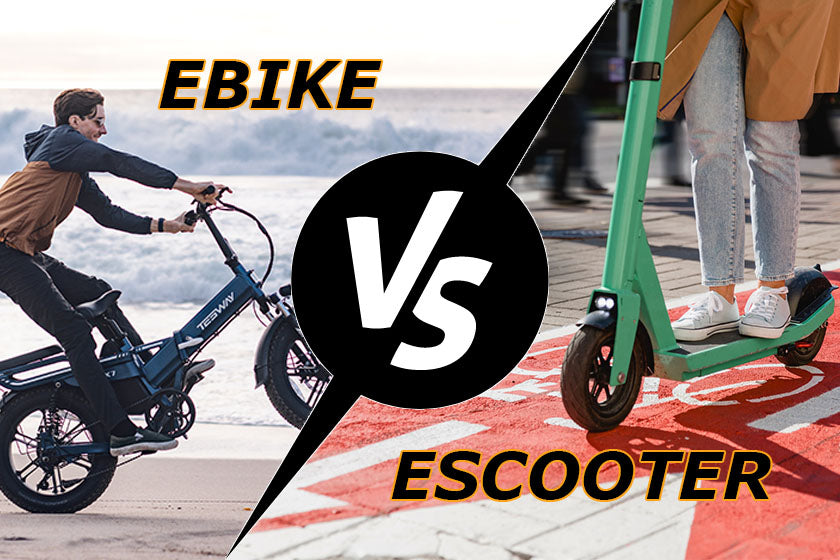

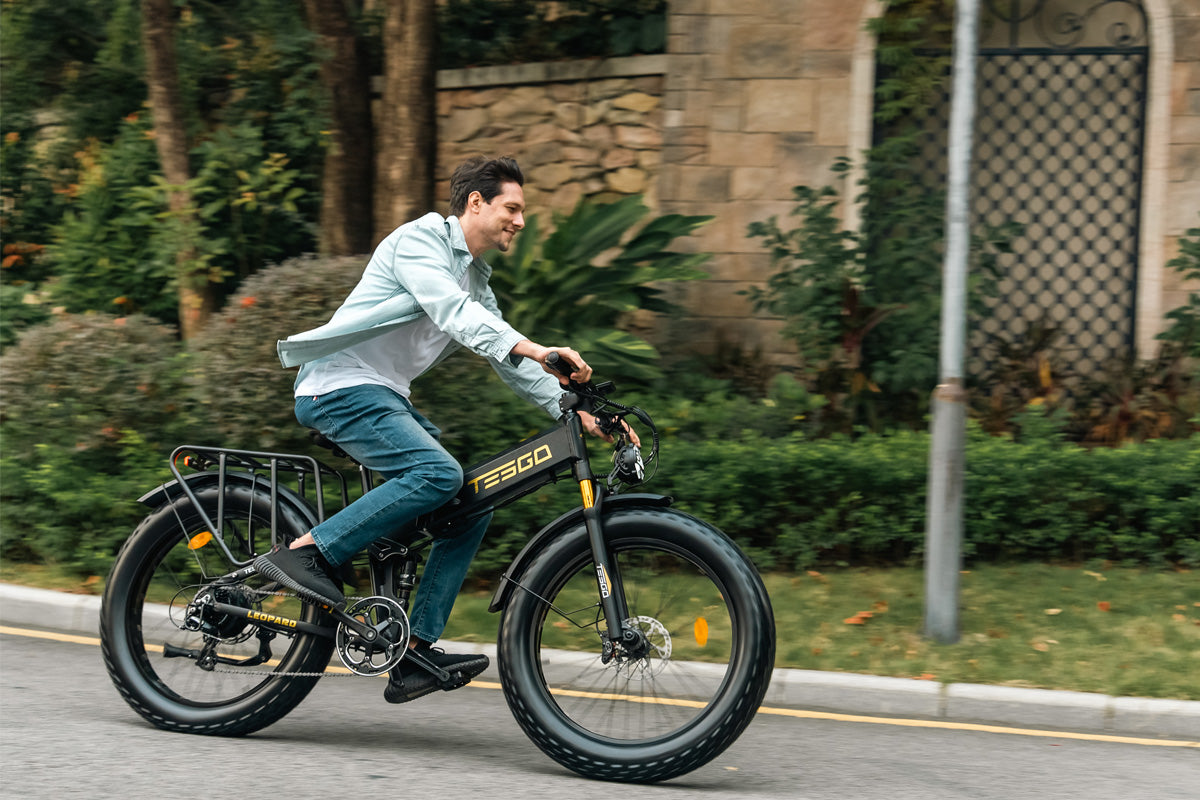





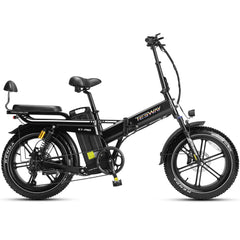








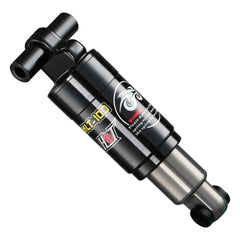
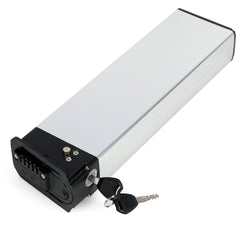
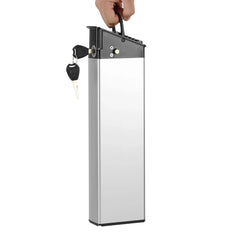




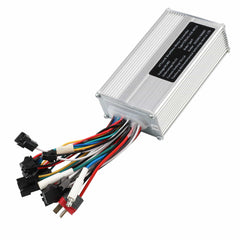






 US
US










